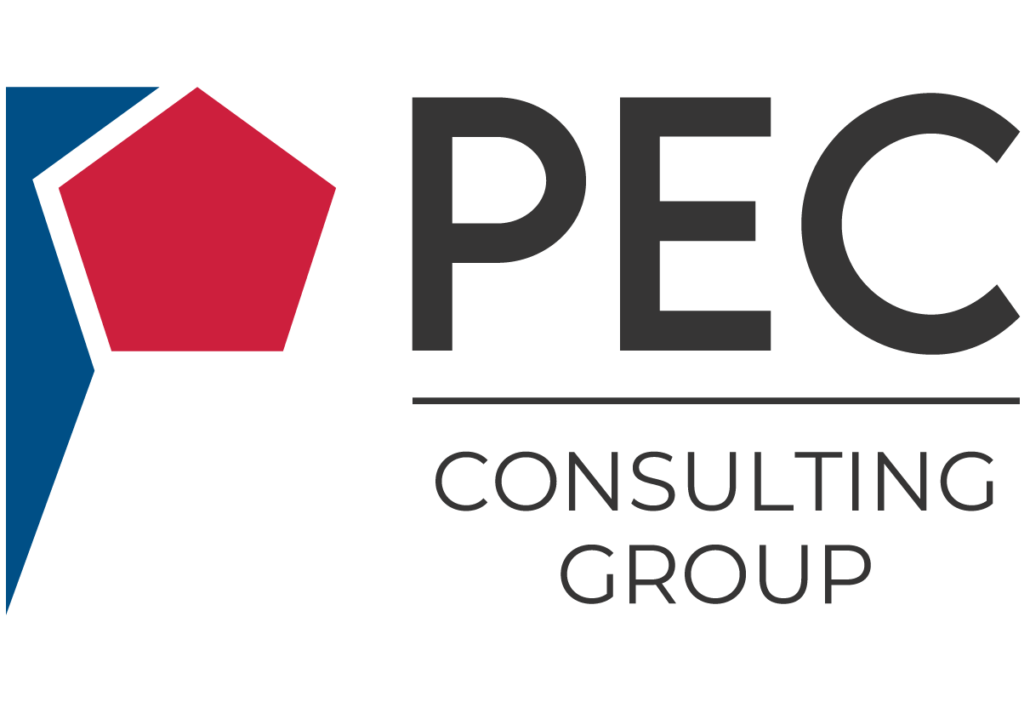Supplementary Cementitious Materials
Supplementary cementitious materials (SCMs) are reactive minerals added to concrete to partially replace Portland cement. Added benefits are improved permeability, durability, flowability to aid in pumping, workability in surface finishing, and mitigating aggregate alkali reactivity. The environmental benefit of replacing Portland cement with SCMs is the reduction of carbon emissions by decreasing the clinker factor, a significant contributor to ‘greenhouse’ gases. Fly Ash and Ground Granulated Blast-Furnace Slag (GGBFS), by-products of coal-fired electric power plants and the steel industry, respectively, are examples of waste materials which contain cementitious properties used to replace clinker-based Portland cement in concrete. The following minerals are used as SCMs:
-
- Fly ash.
- GBFS.
- Silica fume.
- Calcined kaolin clay.
- Natural pozzolans (volcanic ash).
- Synthetically produced pozzolans.
SCMs can be used individually or in different combinations with Portland or blended cement and have two primary reactions that influence concrete properties. The hydration and chemical reactivities of SCMs are functions of their compositions, with many SCMs showing a variety of ranges of each reactivity type.
Latent Hydraulic Reactivity – SCMs react with water to form strength-bearing phases, with or without the presence of Portland cement.
Pozzolanic Reactivity – SCMs react chemically with water and free lime in the hydrating cement paste to form additional strength-bearing phases and cause a densification of the microstructure.
PEC Consulting Group offers the following consulting services for the evaluation of potential raw materials, process design, equipment selection and economic evaluation:
-
- Feasibility and technical studies for blended cement production plants.
- Coordination with laboratories for testing of materials.
- Conversion of existing grinding systems to manufacture blended cements.
- Flowsheets, layouts, equipment lists, and basic designs.
- Equipment specifications, followed by technical and economic evaluation of process equipment.
- Capital cost and operating cost estimates.
- Logistics analysis.
- Economic and financial analysis.
Blended Cements
In the manufacturing of blended cements, expensive clinker is substituted with SCMs.
The advantages of blended cement over Ordinary Portland Cement (OPC) are:
- Higher cement-to-clinker ratio.
- Lower production costs.
- Superior properties for certain applications, i.e., generating lower heat of hydration in placing mass concrete structures or under high ambient temperatures.
- Environmentally friendly by reducing the use of fossil fuels.
There are some guidelines that should be followed when making reliable blended cements.
Coal Ash Processing
Coal Combustion Residuals (CCRs), also referred to as “Coal Ash,” “Ponded Fly Ash,” “Fly Ash,” “Bottom Ash,” and other related terms, are byproducts resulting from the burning of coal to generate steam or electricity in power plants. These byproducts are defined as follows:
Fly Ash – a fine, powdery material composed mostly of silica resulting from the combustion of finely ground coal in a boiler and being drafted by the off-gases into a dust collector.
Bottom Ash – a coarse, angular ash particle that is too large to be carried up into the off-gases, so it drops to the bottom of the coal-fired furnace.
Power plants benefit from the sale of coal ash that meets specifications for use as a pozzolanic additive in the preparation of ready-mix concrete. However, excess unsold ash is sluiced and ponded and later land-filled, creating a negative environmental impact. Stricter regulations on water pollution and the diminution in the production of fresh fly ash due to the closures of coal-fired power plants have created the need to reprocess ponded and landfilled ash into a salable product.
PEC Consulting has expertise in processing land-filled ash to meet the specifications of ASTM-C618.
Ground Granulated Blast-Furnace Slag (GGBFS)
GGBFS is a byproduct of iron ore smelting in a blast furnace. It consists of silicates and aluminosilicates, the chemical composition depends on the composition of the impurities in the iron ore, while the physical properties depend on a quick cooling process to produce an amorphous glass mineral structure. Slag cement is produced when GBFS is ground very fine to partially replace Portland cement, resulting in the following advantages:
- Increase sulfate resistance.
- Increase alkali-silica reaction resistance.
- Increase pore refinement.
- Decrease water demand.
- Decrease permeability.
- Lower heat of hydration.
- Increase long-term strength.
PEC Consulting is highly experienced in the comminution of GBFS.
Silica Fume
Silica fume is a byproduct of producing silicon metal or ferrosilicon alloys. Due to its physical and chemical properties, silica fume is a very reactive synthetic pozzolan. Concrete containing silica fume generates high strength and durability. Silica fume remains inert until water and Portland cement start hydrating when the chemical reaction produces two compounds Calcium Silicate Hydrate (CSH), which is the strength producing crystallization, and Calcium Hydroxide (CH), which acts as a pore filler. The advantages of silica fume in concrete are:
- High durability.
- Efficient finishing process.
- High early compressive strength.
- High flexural strength and modulus of elasticity.
- Prevention of thermally induced cracking.
Related Articles

Environmental and Qualitative Benefits of Supplementary Cementitious Materials
Concrete is the most widely used construction material in the world. Approximately 10 billion tons of concrete are produced each year. On average, 15% by weight of concrete is cement, and each metric ton of cement produced generates 900 kg of CO2, making cement production account for 9% of CO2 global emissions.

Economic Evaluation of Projects
The most common way to assess the economics of a project is the discounted net present value (NPV) of cash flows. Before budgeting a new project, a company must assess the overall level of project risk relative to normal business operations. Higher-risk projects require a larger discount rate than the company’s historical weighted average cost of capital (WACC) and vice-versa for lower risk investments.
Explore additional articles related to the supplementary cementitious materials industry and other topics of interest.
